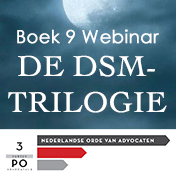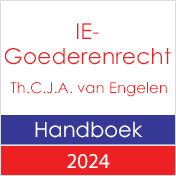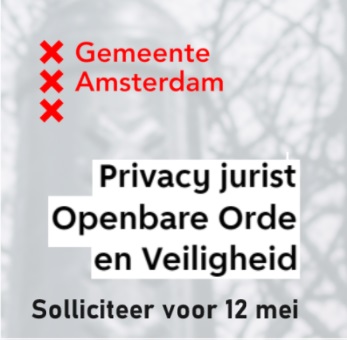 B9 10422. Gerecht EU, 15 november 2011, zaak T-434/10, Václav Hrbek tegen OHIM / The Outdoor Group Ltd.
B9 10422. Gerecht EU, 15 november 2011, zaak T-434/10, Václav Hrbek tegen OHIM / The Outdoor Group Ltd.
Merkenrecht. EU-oppositieprocedure o.g.v. ouder gemeenschapsbeeldmerk ALPINE tegen de inschrijving van het beeldmerk ALPINE PRO SPORTSWEAR & EQUIPMENT (ski-kleding). De oppositie wordt toegewezen. De gestelde nietigheid van het oudere merk valt niet binnen het bereik van de oppositieprocedure en het geringe onderscheidende vermogen van het oudere merk is voldoende om verwarringsgevaar met het aangevraagde merk aannemlijk te maken.
69. In that regard, first of all, on the assumption that that argument could be understood as meaning that the mark applied for was contrary to the absolute grounds for refusal and may not be registered, it must be borne in mind that this does not fall within the jurisdiction of the General Court in opposition proceedings (see, to that effect, judgment of 15 October 2008 in Joined Cases T‑305/06 to T‑307/06 Air Products and Chemicals v OHIM – Messer Group (Ferromix, Inomix et Alumix), not published in the ECR, paragraph 62).
70. Secondly, should the applicant, by his submissions, be seeking to highlight the weak distinctive character of the earlier mark, it must be borne in mind that, in accordance with the case-law, the finding of a weak distinctive character for the earlier trade mark does not prevent a finding that there is a likelihood of confusion with the mark applied for. (…) even in a case involving an earlier mark of weak distinctive character, there may be a likelihood of confusion on account, in particular, of a similarity between the signs and between the goods or services covered (see Pagesjaunes.com, paragraph 70 and the case-law cited).
71. Thus, in the present case, contrary to what the applicant claims, the alleged weak distinctive character, or descriptive character, of the element ‘alpine’ cannot preclude a likelihood of confusion. Indeed, as is apparent, on the one hand, from paragraph 47 above, the goods covered by the two signs at issue are identical or have varying degrees of similarity and, on the other, from paragraph 65 above, the signs at issue are visually, phonetically and conceptually similar. Therefore, the applicant’s argument must be rejected as being unfounded and it must be held that there is a likelihood of confusion between those signs.
72. (…) It is, admittedly, settled case-law that, in respect of clothing, the visual aspect is more important in the overall assessment of the likelihood of confusion (NLSPORT, NLJEANS, NLACTIVE and NLCollection, paragraph 51). Nevertheless, as has been stated in paragraph 65 above, given that the signs at issue are also visually similar, that argument must be rejected as being unfounded.
73. Moreover (…) a higher level of attention on the part of the relevant public is not sufficient to rule out the risk of that public attributing the same origin, or that of economically-linked undertakings, to the goods in question (see, to that effect, Ferromix, Inomix and Alumix, paragraph 63).
74. In the light of all the foregoing, it must be concluded that the Board of Appeal did not err in finding that there was a likelihood of confusion between the marks at issue, within the meaning of Article 8(1)(b) of Regulation No 207/2009. The applicant’s second plea in law must therefore be rejected and, consequently, the application must be dismissed in its entirety.
Lees het arrest hier. (Nederlandse taalversie nog niet beschikbaar).



























































